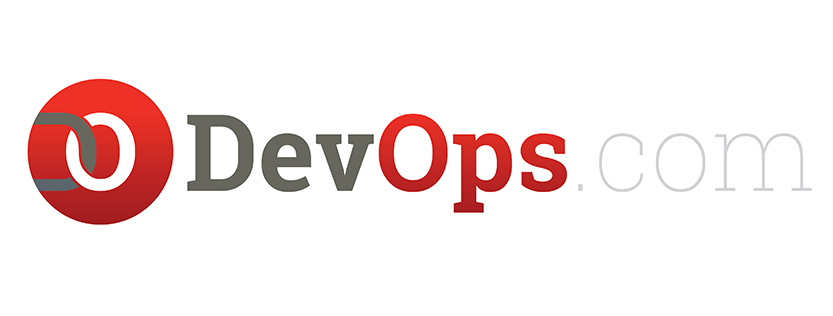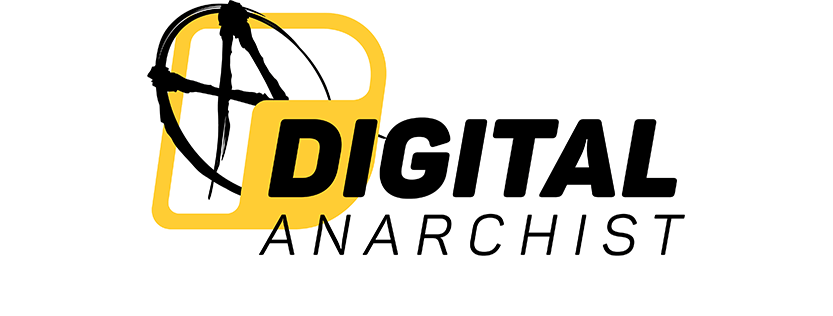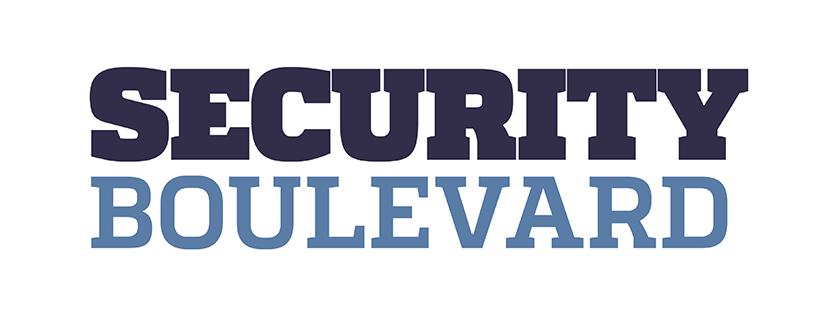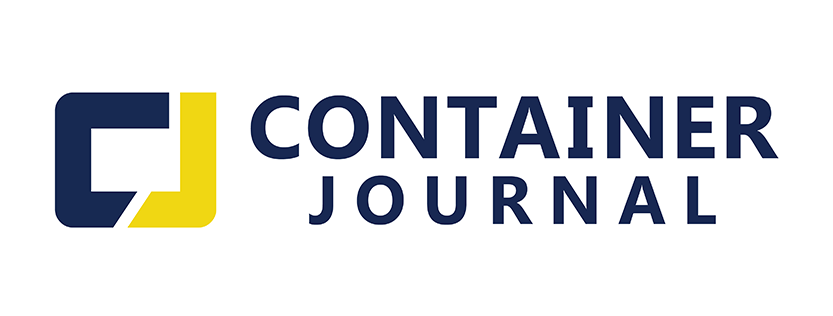Webinar
Think About Your Audience Before Choosing a Webinar Title
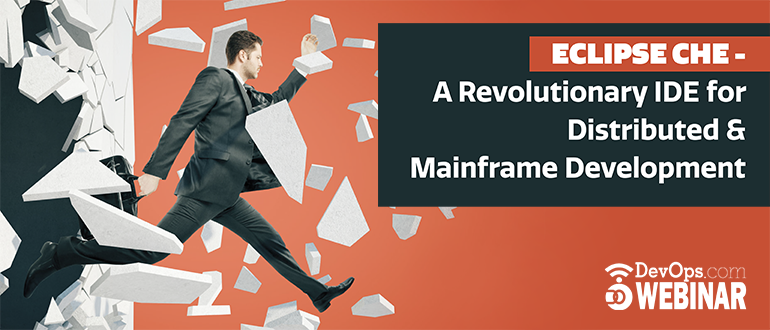
Sponsored by Broadcom
What You’ll Learn in This Webinar
Join this exciting session to learn how teams can benefit from a new collaborative development paradigm.
Eclipse Che introduces a new kind of developer tool that runs directly on Kubernetes and is accessible through a web-based IDE. The container architecture enables easy and rapid onboarding of new team members while eliminating workstation maintenance costs and limitations, all while leveraging a VS Code-like experience. The release of Che 7.0 by the open source community goes further by making the developer environment consistent, repeatable and reproducible. Now available for mainframe-based code with the Che4z subproject, teams can collaborate on cross-platform applications and bridge the distributed/mainframe divide.
The panel with discuss how the Eclipse Che IDE and workspace server drive developer productivity and improve overall software delivery.
Paul's responsible for the growth and well being of the projects, work groups and the diverse community of members, committers and contributors at Eclipse. Once his work day is complete, you can find him outside running, biking and cross-country skiing the vast network of trails in Gatineau Park... and consuming large post work-out snacks.
Stévan Le Meur is a Product Manager at Red Hat, working on developer tools. With a background as a developer, he is driven by the belief that great applications should be built in exceptional development environments. He brings this passion to his work on the Eclipse Che IDE, where his attention to detail is put to good use in creating great developer experiences.
Dana Boudreau is a Product Manager at Broadcom responsible for Mainframe Application Development solutions. He has deep experience in leading mainframe as well as distributed teams and joined Broadcom after a 20+ year career at IBM. Dana works closely with Broadcom’s mainframe customers to improve software delivery and developer productivity.


